Little Man Syndrome by Danny Mackey M.S.
Little Man Syndrome by Danny Mackey M.S.
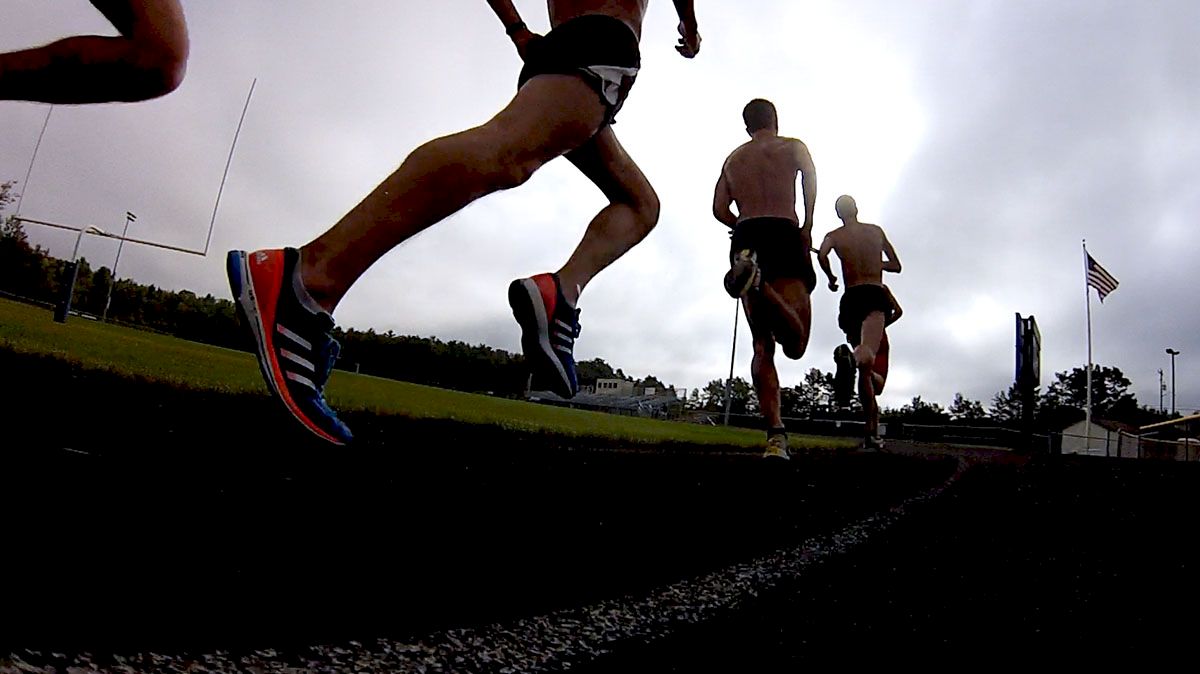
By Danny Mackey M.S.
A few weeks ago I had the opportunity of meeting the best male marathoner in the world, Sammy Wanjiru. As a distance running fan, a lot of thoughts went through my head. The first thought was; how many times will I get the chance to meet someone who is arguably the best in the world at their job? That is a cool question in itself because you may meet tons of amazing athletes, a colleague gifted with intelligence, that person whom is relentlessly hard working…….but are they the best at what they do? Who knows.
My second thought was; damn this guy is small. Really small.
I consider myself a small man at 5’9’’ 145lbs. But, I felt like Shaq standing next to Sammy. The IAAF lists him at 5’3’’ 112lbs. That is what I was in 8th grade! Other than making me not want to eat lunch, meeting him got me thinking on how his height and weight might be an advantage for distance running.
We all probably have experienced this weight and performance relationship perceptually. I struggle with weight as a person with a mesomorph (muscular) body type. These genetics are beneficial for most sports but not for distance running. For example, earlier this year I suffered from an achilles injury and spent 17 weeks swimming instead of running. I was 141 lbs before I got hurt. After the injury I was 158 lbs and my upper body could barely fit into my running singlet. Typically someone that is a mesomorph will continually monitor weight training and diet to stay at their competitive weight regardless of how many miles they are running. On the other hand, ectomorph (skinny) body types usually have a slight advantage for distance running as they may stay lean with less effort.
How can body weight effect running? Well the energetic cost of running is largely independent of running speed and directly proportional to body mass. According to Dr. Costill, a rule of thumb is 1 kcal/kg of body weight/km of distance ran. Speed is also important because the rate of metabolic heat production is directly related to how fast you are going. So putting these two variables together dictates the efficiency at which energy is used. (Note: there are other variables that I am not mentioning for the sake of simplicity. For instance, muscular strength, lactate threshold, mental fortitude etc etc). Getting rid of heat is important for sustaining a marathon at a fast pace. Running imparts a large internal heat load caused by the inefficiency with which our metabolic system converts chemical energy to mechanical work. According to Dr. Gonzalez-Alonso, even a super efficient runner like Sammy Wanjiru will lose 75% of his energy to heat. The heat is transferred to our tissues. At around 40 degrees Celsius our body will want to slow down so we do not do permanent damage. (Look up some articles on Alberto Salazar in 1978 at Falmouth for what can happen when our core body temperature gets too high).
In an attempt to break these down into numbers I compared athletes with different heights so we could see the possible influence of body weight.
The athletes were:
Sammy Wanjiru = 5’3’’ 112 lbs
Martin Lel = 5’7’’ 119 lbs
Robert Cheruiyot = 6’3’’ 150 lbs
my national class miler friend = 6’2’’ 170 lbs (this is the intentional outlier)
my national class marathoner = 5’7’ 134 lbs
Then, I looked at two things, body surface area and heat storage.
Body surface is measured in m2.
The miler = 2.01 m2
Cheruiyot =1.93 m2
The marathoner =1.70 m2
Lel = 1.62 m2
Sammy = 1.53 m2.
Heat is transferred between us and the environment by convection, radiation and evaporation. When the outside temperature is lower than our body a thermal gradient occurs in our favor using convection and radiation so we can get rid of excess heat. Plus, when we sweat it evaporates to help cool us. So look above; which athlete has the best chance of getting rid of heat? The miler with the highest amount of surface area. But that is not taking into account his body weight and potential heat storage. When we look at heat storage the results change drastically.
I did a rough calculation of heat storage measured in metabolic free energy production W.m-2 with an average final temperature of 39 degrees C (normally seen in an elite marathoner).
The miler = 68.7 W.m-2, the
The marathoner = 64.6 W.m-2
Cheruiyot = 63.7 W.m-2
Lel = 60.31 W.m-2
Sammy = 56.9 W.m-2.
Mathematically Sammy has the lowest heat storage. What also is interesting is the half marathon and marathon PR’s of these athletes follow the same pattern. The miler with the highest heat storage has the slowest (though he is a miler so he should!), followed by the marathoner, then Cheruiyot, Lel and of course Sammy. Whenever someone does physiological testing we always hear of their VO2 max (interesting that weight is the denominator in VO2), but this variable of heat storage could be considered. Again this is just for conversation sake. There are countless numbers of variables that influence performance. This topic was interesting when I started working through various equations. I am not claiming that we can predict how good a runner will be based solely off their height and weight. Also, a disclaimer about losing weight is worth mentioning. Losing weight is not the answer. You can search online and read countless stories about athletes taking weight loss too far and it costing their careers and even lives. Every individual person is different.
So like a said, Sammy Wanjiru is a little man. In every other major sport, this would be a disadvantage. Distance running is unique in that his anthropometrics might be one is his best advantages. Does it matter much? I might be completely wrong. Who knows. What I do know is that shaking a guy’s hand that can run 4:40 mile pace for a few hours is pretty intimidating no matter how big you are.
Related Content
 UIL Track And Field State Championships 2024: What To Know
UIL Track And Field State Championships 2024: What To KnowMay 1, 2024
 Replay: AAA Outdoor Champs | 4A | Apr 30 @ 11 AM
Replay: AAA Outdoor Champs | 4A | Apr 30 @ 11 AMMay 1, 2024
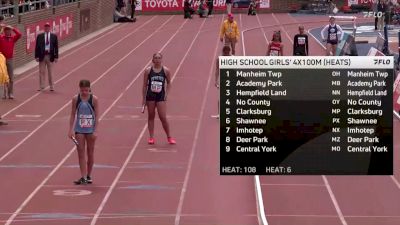 High School Girls' 4x100m Relay Event 108, Prelims 6
High School Girls' 4x100m Relay Event 108, Prelims 6May 1, 2024
 Replay: AAA Outdoor Champs | 3A | Apr 30 @ 11 AM
Replay: AAA Outdoor Champs | 3A | Apr 30 @ 11 AMMay 1, 2024
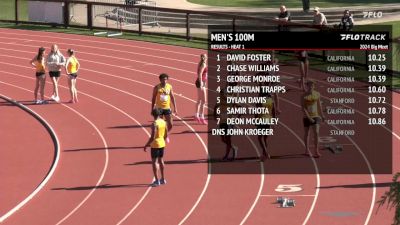 Replay: Big Meet | Apr 30 @ 3 PM
Replay: Big Meet | Apr 30 @ 3 PMMay 1, 2024
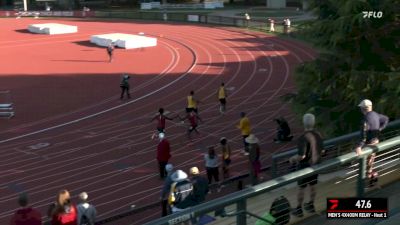 Men's 4x400m Relay
Men's 4x400m RelayMay 1, 2024
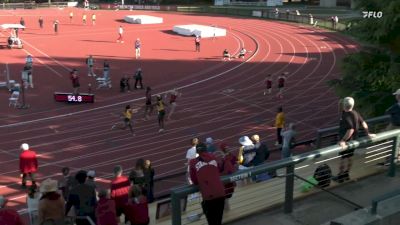 Women's 4x400m Relay
Women's 4x400m RelayMay 1, 2024
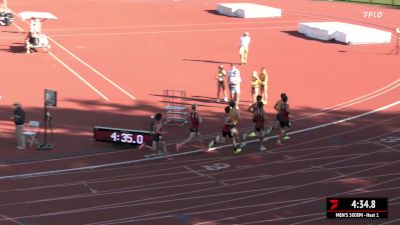 Men's 3k
Men's 3kMay 1, 2024
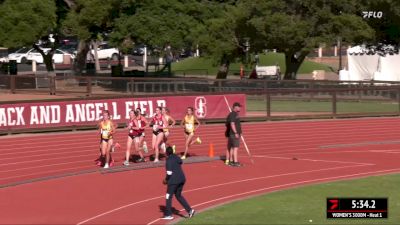 Women's 3k
Women's 3kMay 1, 2024